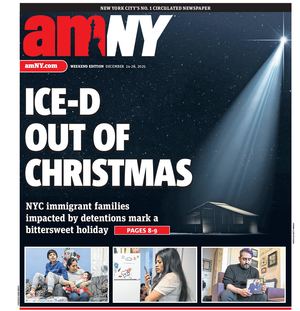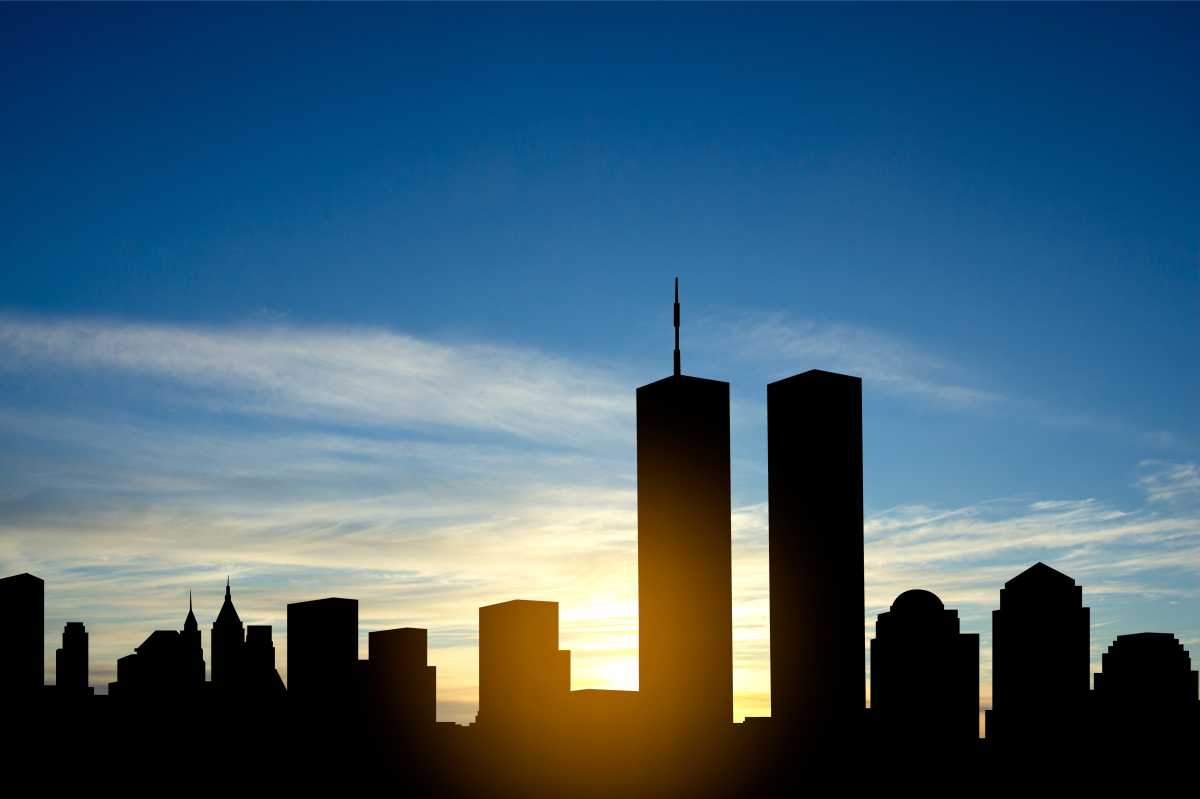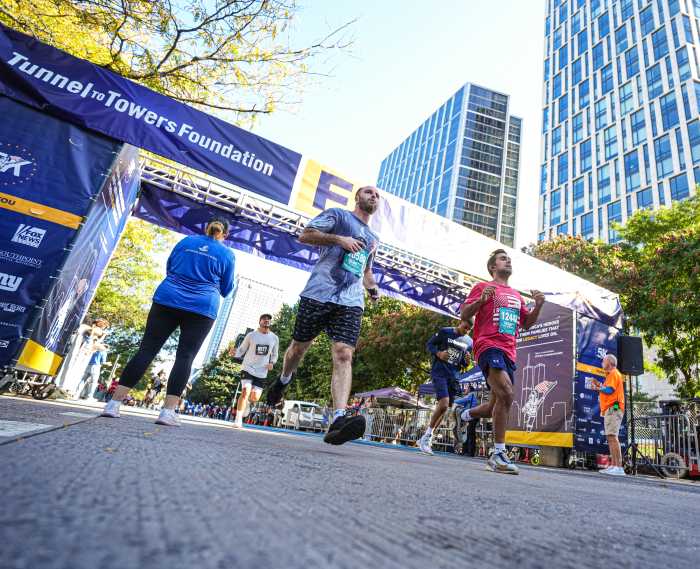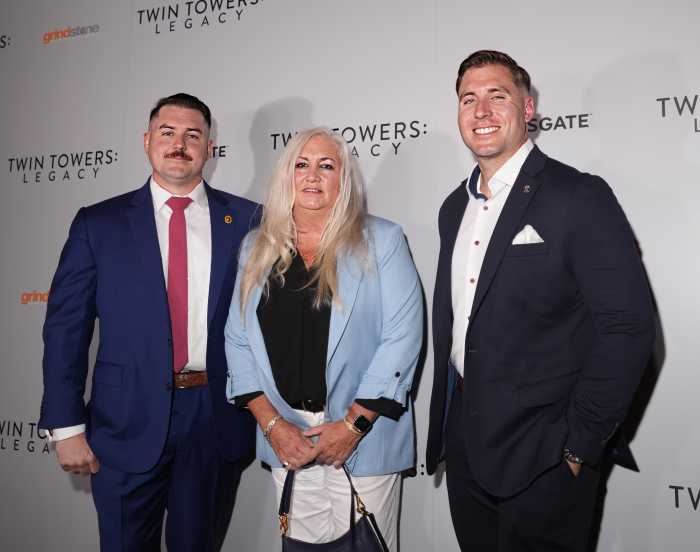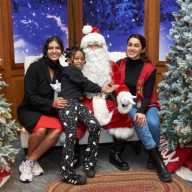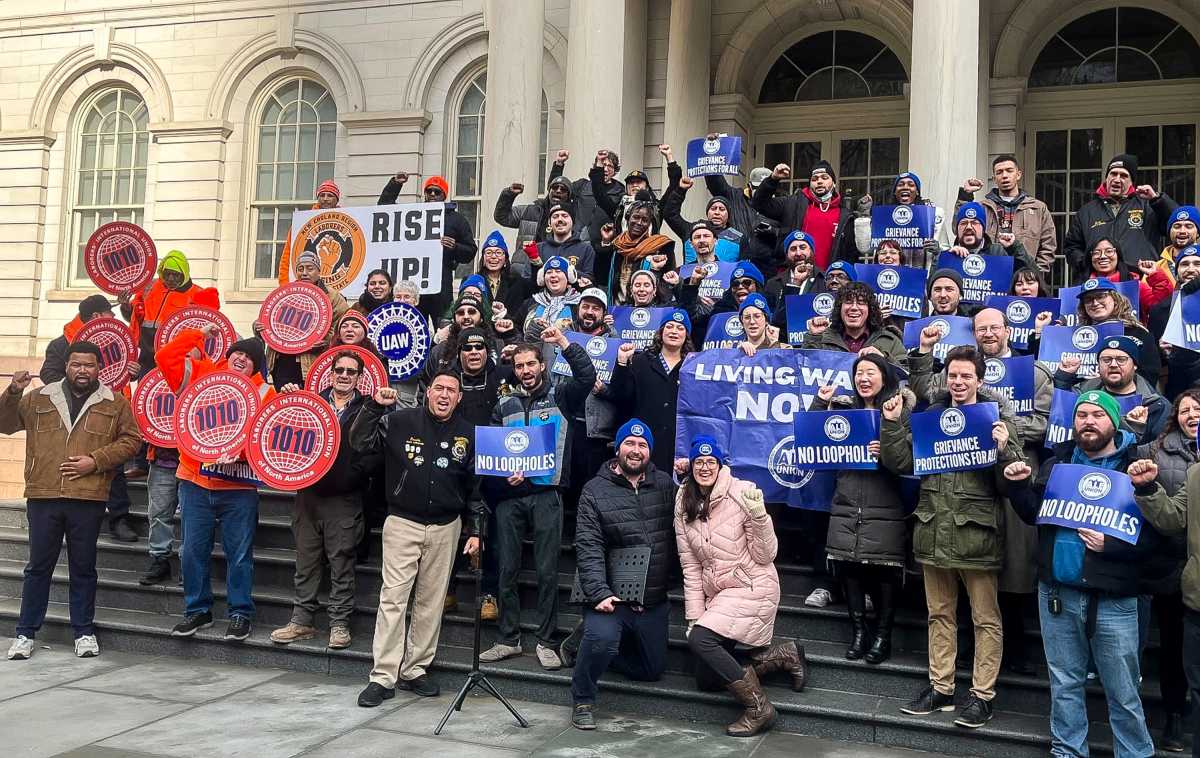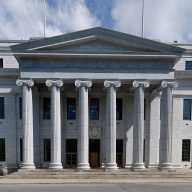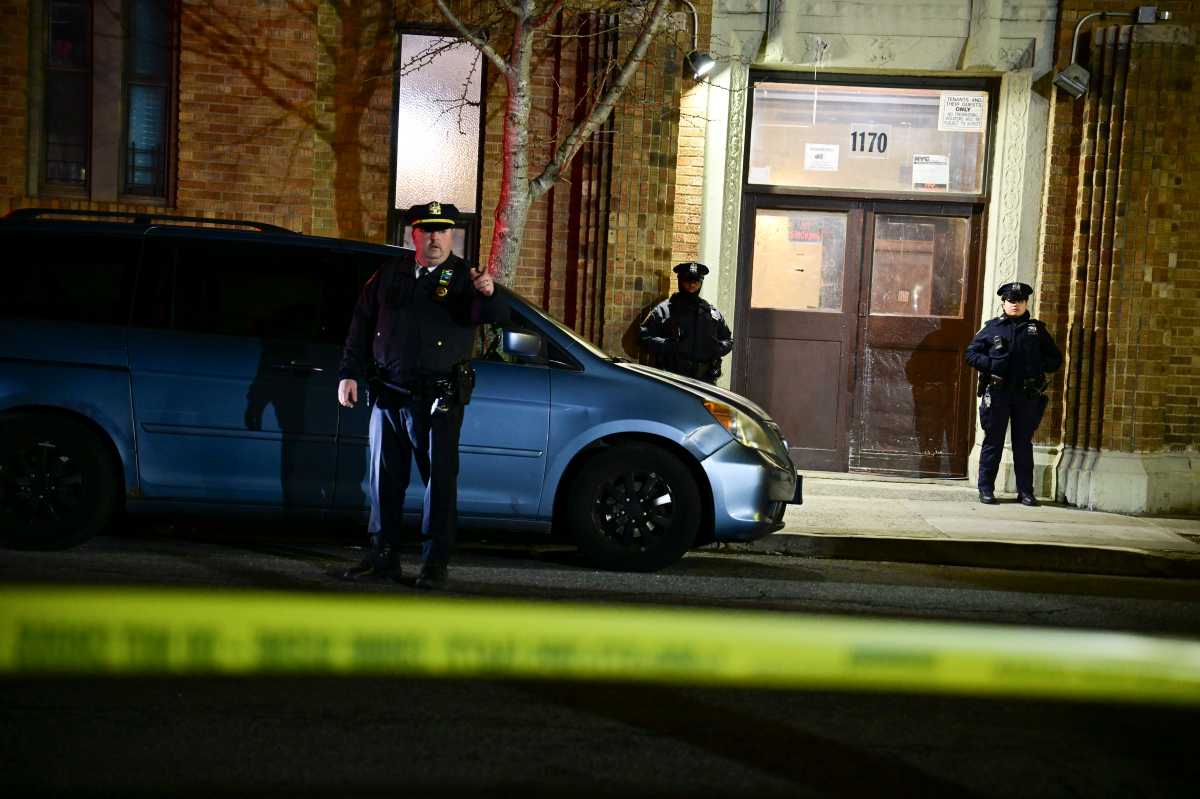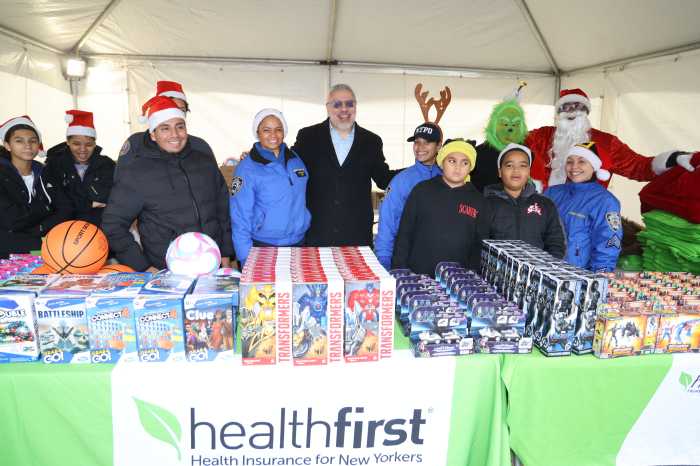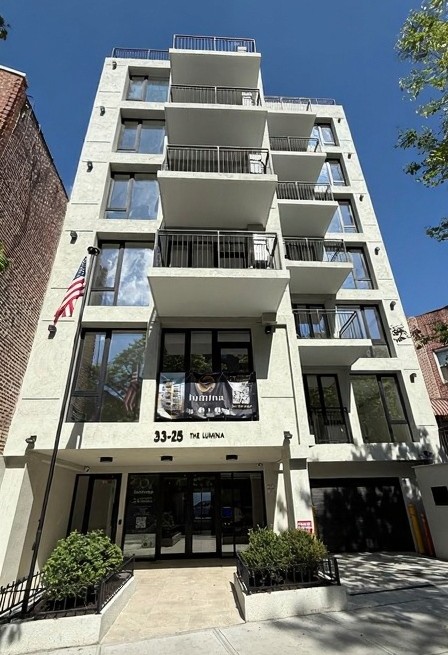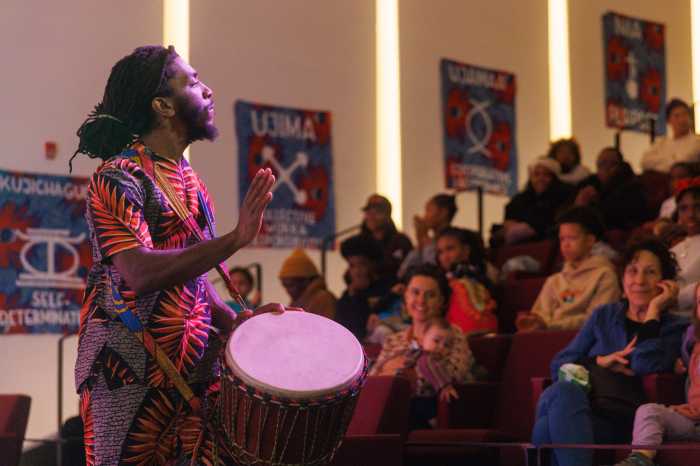Barbara Keating visited her old home in Cape Cod every summer, flying from Palm Springs, CA, where she moved after her husband died. When she boarded a flight back to California on Sept. 11, 2001, she planned for it to be her last visit — she had fewer friends left in Massachusetts, and it was a long trip.
Less than an hour after her flight, American Airlines Flight 11, took off from Boston, it was hijacked by terrorists and deliberately crashed into the north tower of the World Trade Center.
Twenty-four years after the terrorist attack, Keating and two other people killed on that day of infamy were officially identified as the 1,651st, 1,652nd and 1,653rd victims through DNA analysis, New York City’s Office of the Chief Medical Examiner (OCME) announced Thursday.
Keating’s remains were first discovered at the site in 2001, but they could not be identified until recent advances in DNA technology, according to OCME. Keating, who was 72 and a survivor of breast cancer, was remembered by friends and family after her death as someone who always put others before herself.
OCME also identified Ryan Fitzgerald, a 26-year-old foreign currency trader working at the World Trade Center, and an adult woman whose name her family requested be withheld.
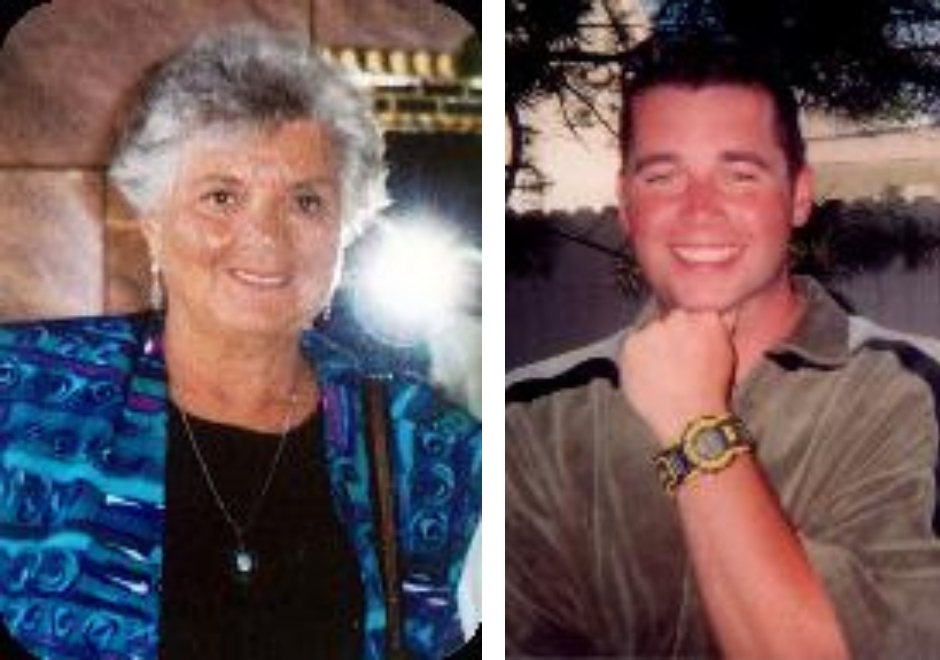
Dr. Joshua Graham, the chief medical examiner, said OCME continues to work to provide closure and outreach to victims’ families.
“Nearly 25 years after the disaster at the World Trade Center, our commitment to identify the missing and return them to their loved ones stands as strong as ever,” Graham said in a statement. “Each new identification testifies to the promise of science and sustained outreach to families despite the passage of time. We continue this work as our way of honoring the lost.”
Fitzgerald’s obituary described him as a “man on the town” who had just started making a life for himself in Manhattan. He was the oldest of three children from Floral Park.
His mother, Diane Parks, said she was glad he went to a friend’s bachelor party in August, a month before he was killed.
“It made me feel good that he enjoyed the summer because it was the last summer of his life,” Parks said in his obituary, published in November 2001.
Mayor Eric Adams said the identifications hope to support the families’ grief and memories even 24 years later.
“The pain of losing a loved one in the September 11th terror attacks echoes across the decades, but with these three new identifications, we take a step forward in comforting the family members still aching from that day,” Adams said.
“We hope the families receiving answers from the Office of Chief Medical Examiner can take solace in the city’s tireless dedication to this mission,” Adams added.
Of the 2,753 people who died in New York City on Sept. 11, around 1,100 remain officially unidentified.
Eunice Maloney, a longtime friend of Keating, said at the time that Keating, who worked for 25 years in public service, was consistently dedicated to helping others.
“She drove people for cancer treatments,” Maloney said in Keating’s obituary. “She was always doing something for somebody, but she never said much about it.”
Maloney, who lived in Cape Cod, said she thought Keating may not have been returning to Cape Cod after her flight to California.
“She told me she was very happy with her life,” Maloney said. “Later, she left me a note that said she was very glad for my friendship. I thought maybe she wouldn’t be coming back to the Cape. Little did I know.”
